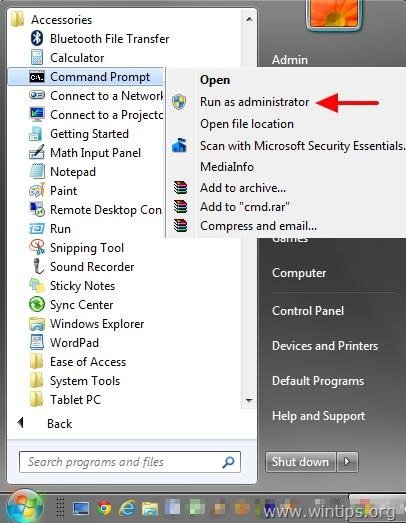

(In early versions of PSEXEC: Load the user account's profile, don’t use with -s) e Do NOT load the specified account’s profile. Only use for non-interactive applications. d Don’t wait for the application to terminate. If you omit the -c option then the application must be in the system path on the remote system. c -v Copy only if the file is a higher version or is newer than the remote copy. c -f Copy even if the file already exists on the remote system. c Copy the program ( command)to the remote system for execution. So to run the application on CPU 2 and CPU 4, enter: "-a 2,4" To run against all computers in the current domain enter run_file Run command on every computer listed in the text file specified.Ĭommand Name of the program to execute on the remote machine.Īrguments Arguments to pass (file paths must be absolute paths on the target system) Psexec run_file command Ĭomputer The computer on which psexec will run command. I haven’t tried it on other operating systems.Execute a command-line process on a remote machine. This seems to work well for Windows 2008. REG ADD "HKEY_CURRENT_USER\Software\Microsoft\Internet Explorer\Main" /v "Start Page" /t REG_SZ /d "about:blank" /f REG ADD "HKEY_CURRENT_USER\Software\Microsoft\Internet Explorer\Main" /v "Default_Page_URL" /t REG_SZ /d "about:blank" /f REG DELETE "HKEY_CURRENT_USER\Software\Microsoft\Internet Explorer\Main" /v "First Home Page" /f :: Optional to remove warning on first IE Run and set home page to blank. REG EXPORT "HKEY_LOCAL_MACHINE\SOFTWARE\Microsoft\Active Setup\Installed Components\" /f /va I found an unattended method and created a batch file: :: Backup registry keys However, one thing that I found a little more difficult to find was a command line way to turn off IE’s Enhanced Security (manually turned off from Server Manager -> Configure IE ESC. Using Command Line to Turn Off IE Enhanced Securityįor the most part I have much of the install for Windows 2008 operating system and programs automated (unattended).


 0 kommentar(er)
0 kommentar(er)
